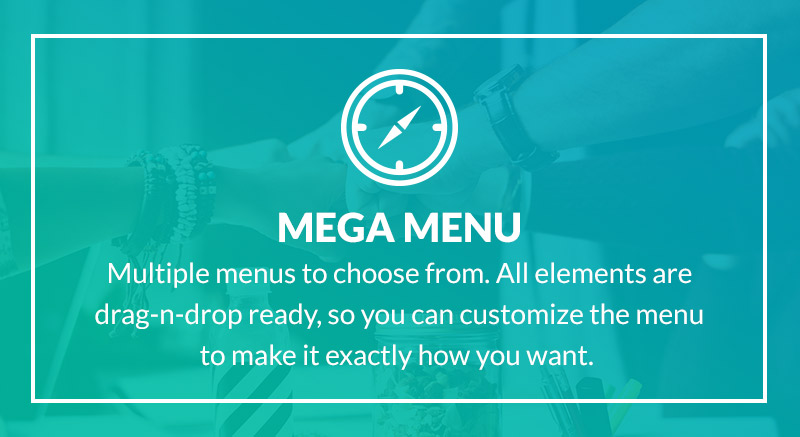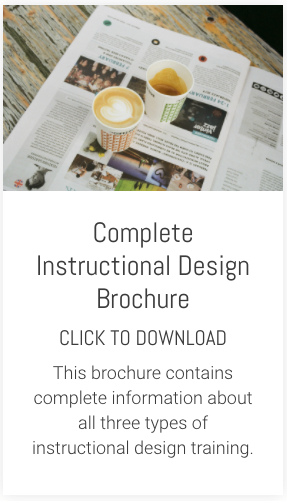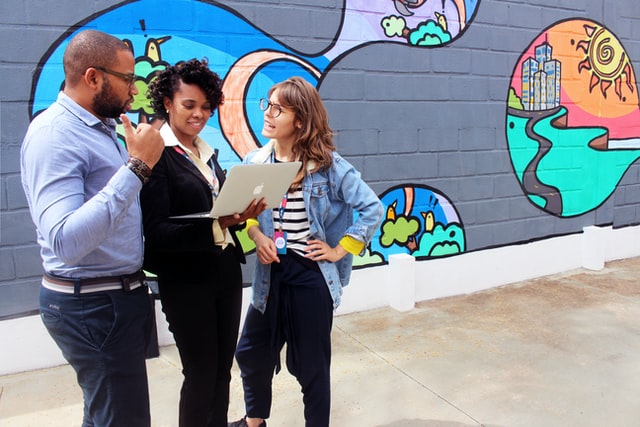It's mid afternoon on the second day of an in-house instructional design course. We've been focused on e-learning for the whole two days.
One big problem this client of ours is grappling with: how to make product information effective and memorable. They are from a graphic design background and sort of fell into creating e-learning a few years ago when a major client asked them if they could.
They are in an industry where glossy, sexy and downright over-the-top and in your face is the order of the day. They would be the first to admit that up until now their e-learning has been shed loads of style over not very much substance.
To help them move away from glossy, attractive page-turners full of click to reveal and drag and drop, I've asked them to flip their thinking. We've spent the last hour thinking about how their learners might actually use this factual product information, rather than about how to make its presentation "engaging" (their usual focus).
This has been extremely hard for them. They are several steps removed from the learners. It's never occurred to them to try to get closer. This alone has been a major 'light-bulb moment'.
We've been slogging away, getting ideas on the flip chart. As they are several steps removed from the learners, some of this is just guess work. So a major post-training activity is to validate these ideas. Find out what the learners actually do with all the product info that currently just gets stuffed into a page-turning course. But overall, they are doing well.
As we are going through this brainstorming process, I've been slipping in examples from pieces of e-learning that show product information 'in action' rather than as page-turning, factual content.
After seeing several of these examples, Geoff, one of the course participants, came up with an interesting question. If you're creating scenarios that reflect how the learners actually use the product information, do you make the learner one of the active participants in the scenario or do you 'show' them a scenario and get them to evaluate it.
We stop to consider this for several minutes. Putting the learner fair and square in the middle of the scenario makes the learning highly relevant and authentic. Unlikely your learner would fail to see its relevance. Great, also, for learners who can't wait to roll up their sleeves and have a go.
On the other hand, some learners might be all too well aware of the hands-on from their day-to-day experience. They might actually value the opportunity to take a step back to consider what they do. From this more reflective perspective, they would probably prefer to watch the scenario unfold and evaluate what's going on, as it happens.
The only way you'll truly get to a decent answer to this question is with a good sense of how the majority of your target learners are likely to respond. If you work inside an organisation, you have a fair chance of really getting to know your learners.
If you are a supplier, you may simply be blocked from doing this every step of the way. In which case you'll have to make some intelligent, educated guesses or build both approaches into your course.
Knowing your learners can end up sounding like such an old cliche. But as this story shows, it's always a key element in creating authentic, effective e-learning.
If you are grappling with making dry, factual information authentic and relevant for your learners, take a look at our free Effective E-Learning Toolkit:
One big problem this client of ours is grappling with: how to make product information effective and memorable. They are from a graphic design background and sort of fell into creating e-learning a few years ago when a major client asked them if they could.
They are in an industry where glossy, sexy and downright over-the-top and in your face is the order of the day. They would be the first to admit that up until now their e-learning has been shed loads of style over not very much substance.
To help them move away from glossy, attractive page-turners full of click to reveal and drag and drop, I've asked them to flip their thinking. We've spent the last hour thinking about how their learners might actually use this factual product information, rather than about how to make its presentation "engaging" (their usual focus).
This has been extremely hard for them. They are several steps removed from the learners. It's never occurred to them to try to get closer. This alone has been a major 'light-bulb moment'.
We've been slogging away, getting ideas on the flip chart. As they are several steps removed from the learners, some of this is just guess work. So a major post-training activity is to validate these ideas. Find out what the learners actually do with all the product info that currently just gets stuffed into a page-turning course. But overall, they are doing well.
As we are going through this brainstorming process, I've been slipping in examples from pieces of e-learning that show product information 'in action' rather than as page-turning, factual content.
After seeing several of these examples, Geoff, one of the course participants, came up with an interesting question. If you're creating scenarios that reflect how the learners actually use the product information, do you make the learner one of the active participants in the scenario or do you 'show' them a scenario and get them to evaluate it.
We stop to consider this for several minutes. Putting the learner fair and square in the middle of the scenario makes the learning highly relevant and authentic. Unlikely your learner would fail to see its relevance. Great, also, for learners who can't wait to roll up their sleeves and have a go.
On the other hand, some learners might be all too well aware of the hands-on from their day-to-day experience. They might actually value the opportunity to take a step back to consider what they do. From this more reflective perspective, they would probably prefer to watch the scenario unfold and evaluate what's going on, as it happens.
The only way you'll truly get to a decent answer to this question is with a good sense of how the majority of your target learners are likely to respond. If you work inside an organisation, you have a fair chance of really getting to know your learners.
If you are a supplier, you may simply be blocked from doing this every step of the way. In which case you'll have to make some intelligent, educated guesses or build both approaches into your course.
Knowing your learners can end up sounding like such an old cliche. But as this story shows, it's always a key element in creating authentic, effective e-learning.
If you are grappling with making dry, factual information authentic and relevant for your learners, take a look at our free Effective E-Learning Toolkit:










